When designing an outdoor living space, two categories of elements come into play — hardscaping and landscaping. While the term landscaping is commonly thought to encompass hardscaping as well, there is a clear distinction between the two. This difference is in the form, function, as well as maintenance needs of each category. Hardscaping is composed of the solid features of a yard such as stones and pedestals while landscaping is typically made up of flora. Incorporating a balanced mix of both categories, however, is key to achieving a cohesive yard design. The combination doesn’t even have to be equal as long as there’s enough of each to contrast the other. Having a better understanding of the distinction between hardscaping and landscaping will allow you to come up with a blend that suits your outdoor design plans.
What is Hardscaping?
Definition of Hardscaping
Hardscaping involves the non-living elements of a front lawn or a backyard. These inanimate objects contrast the organic features of the yard while providing a livable space. Landscapers often begin with the hardscaping in order to lay out the boundaries, aesthetics, as well as the general shape of the garden. Besides its value as an element of design, hardscaping also helps in controlling the natural features of the yard. Gravel, for instance, can be helpful in controlling the flow of water while a stone wall can limit the movement of soil and prevent erosion. Porous elements such as volcanic stones, on the other hand, allow the water to seep into the soil.
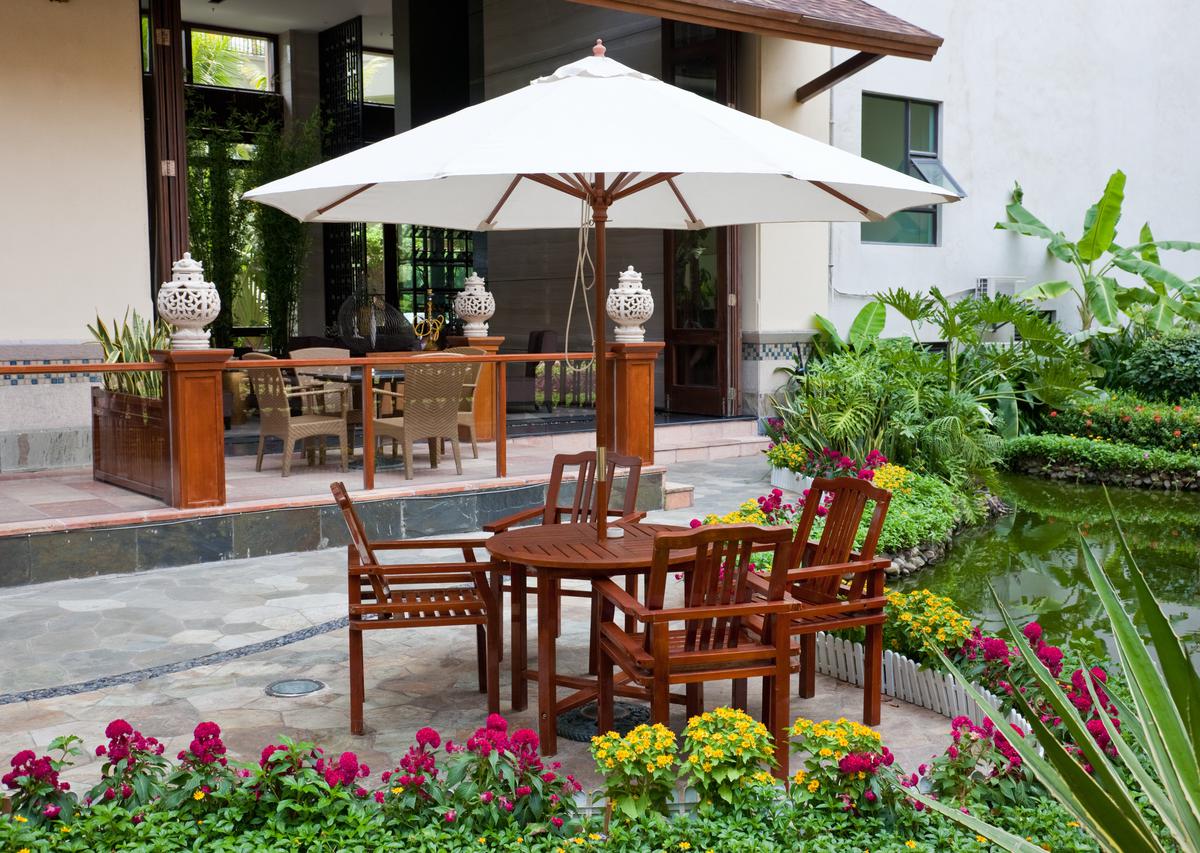
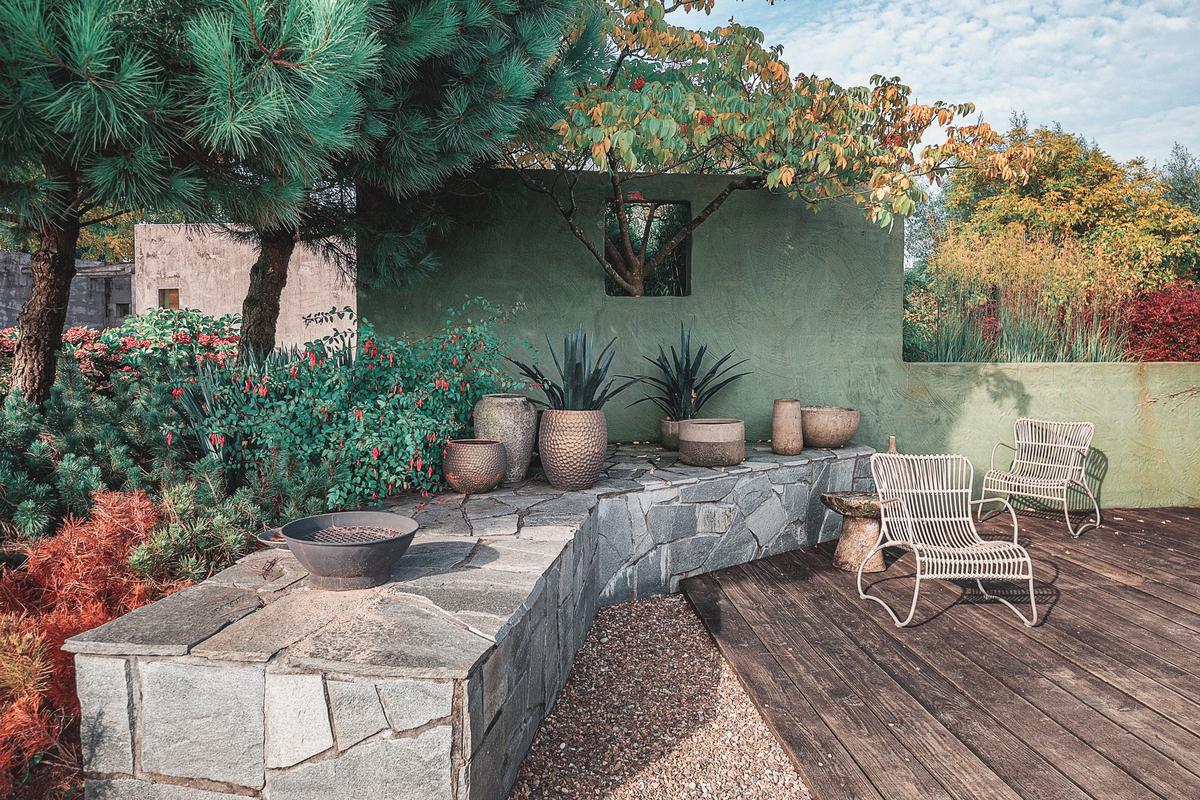
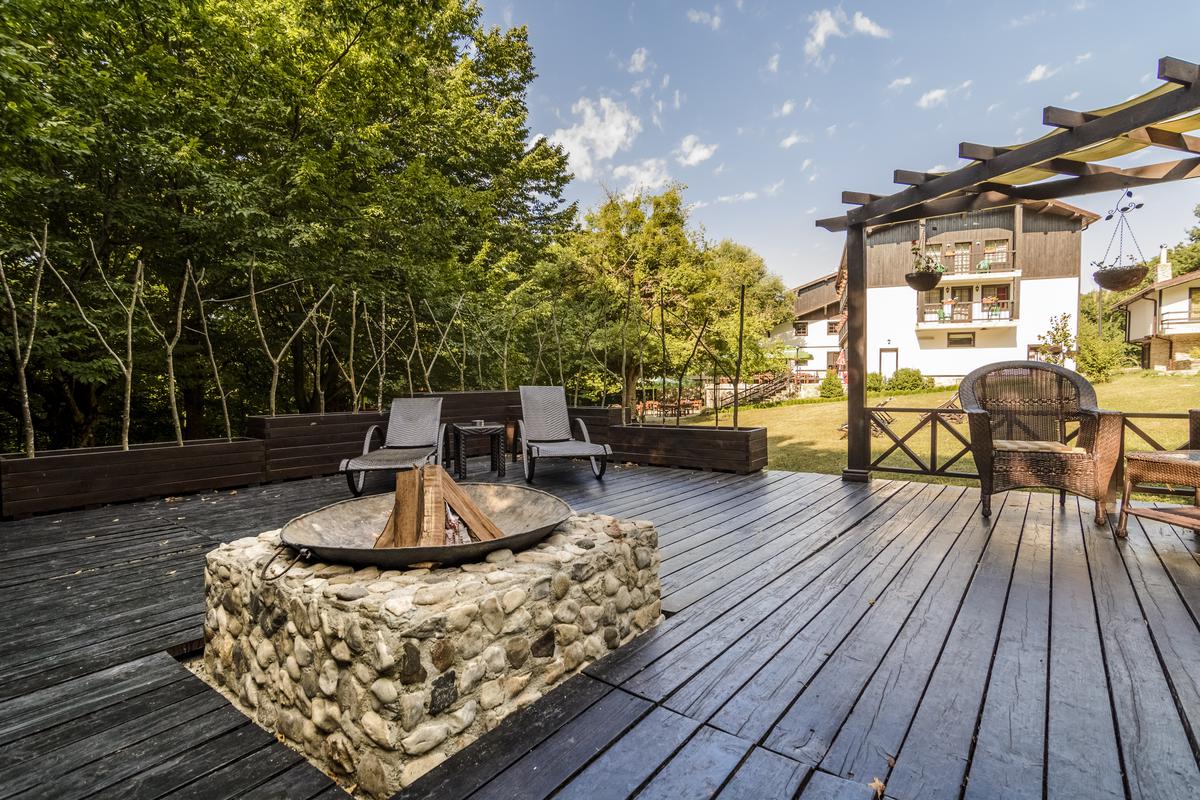
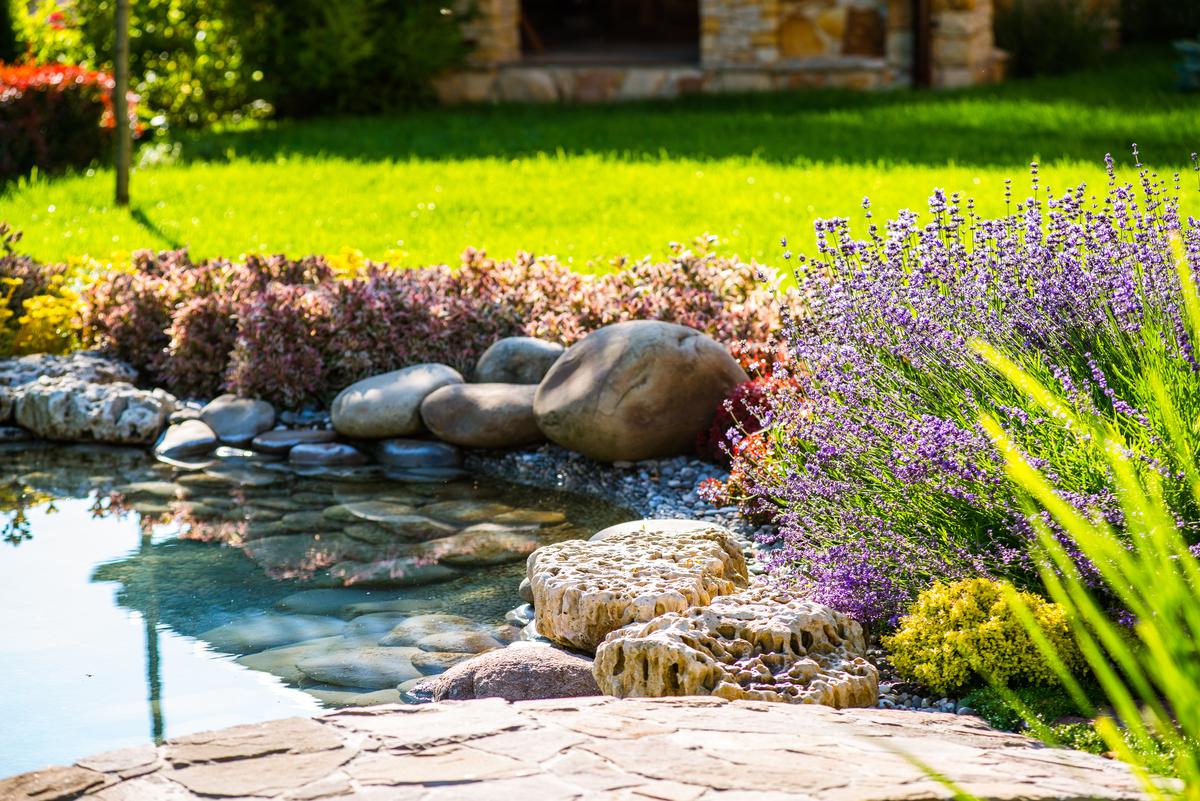
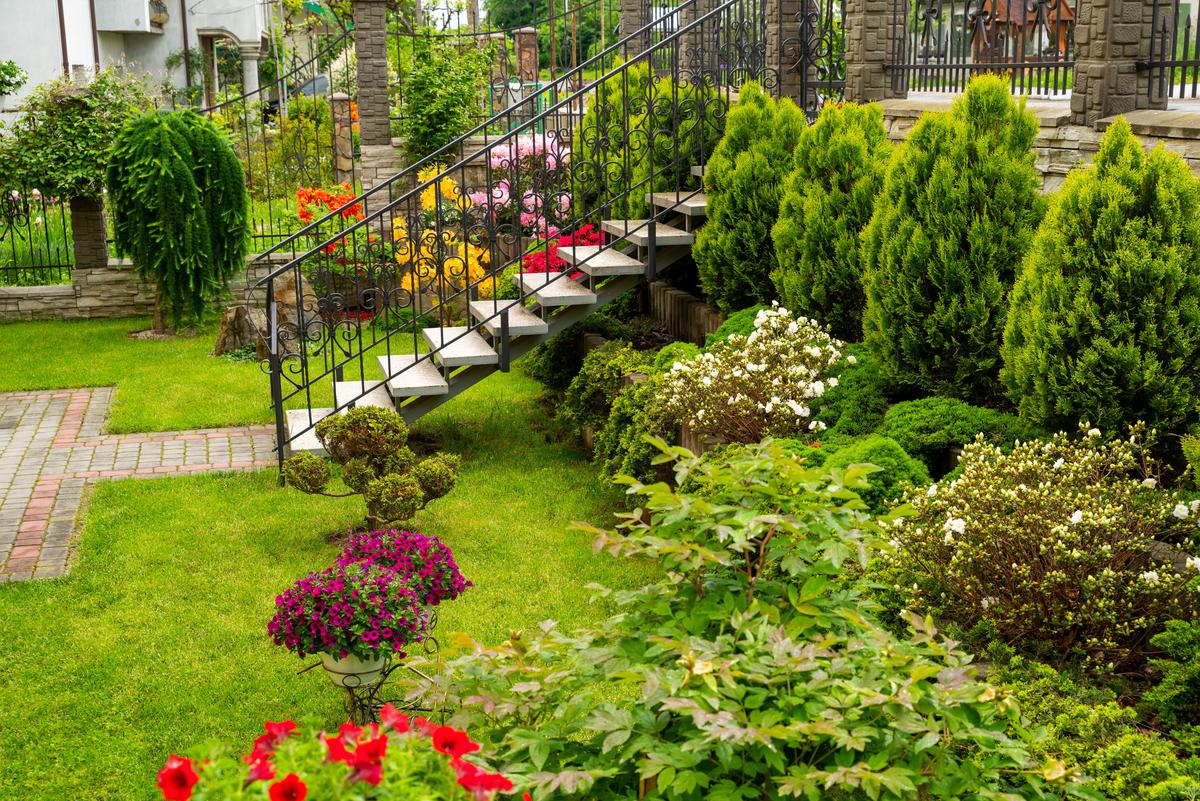
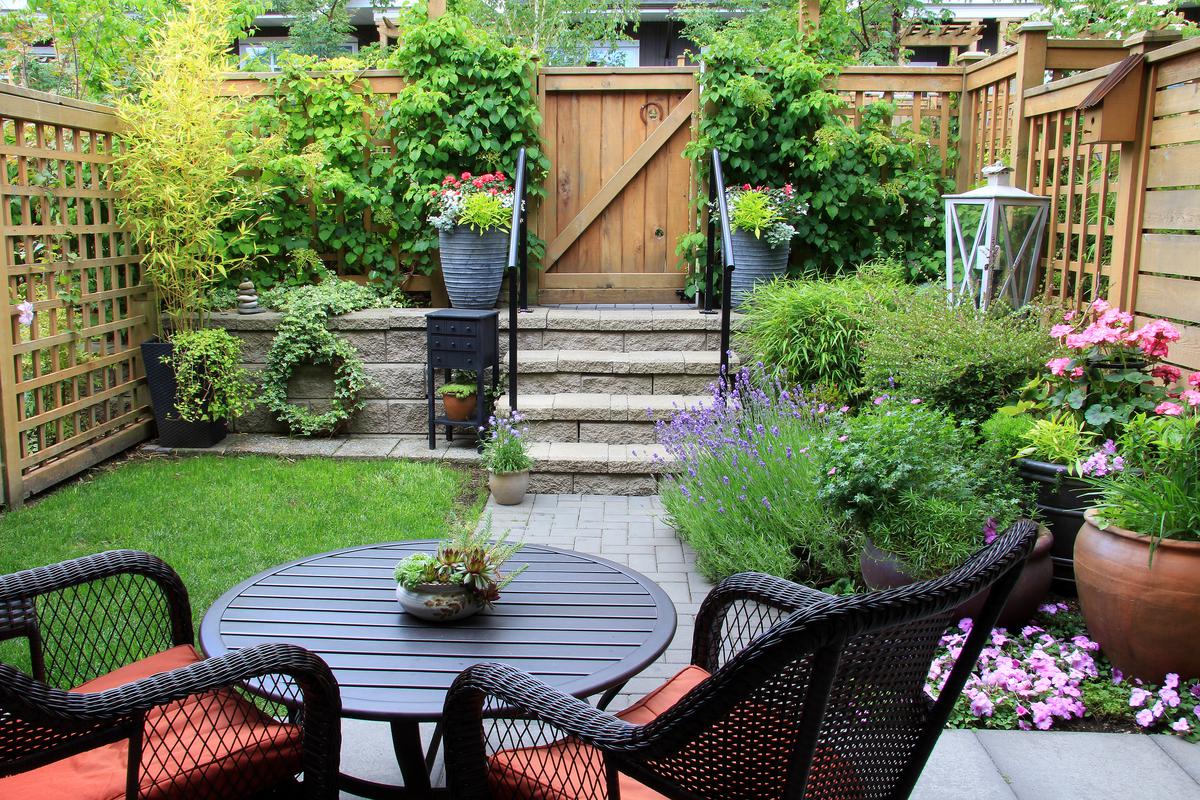
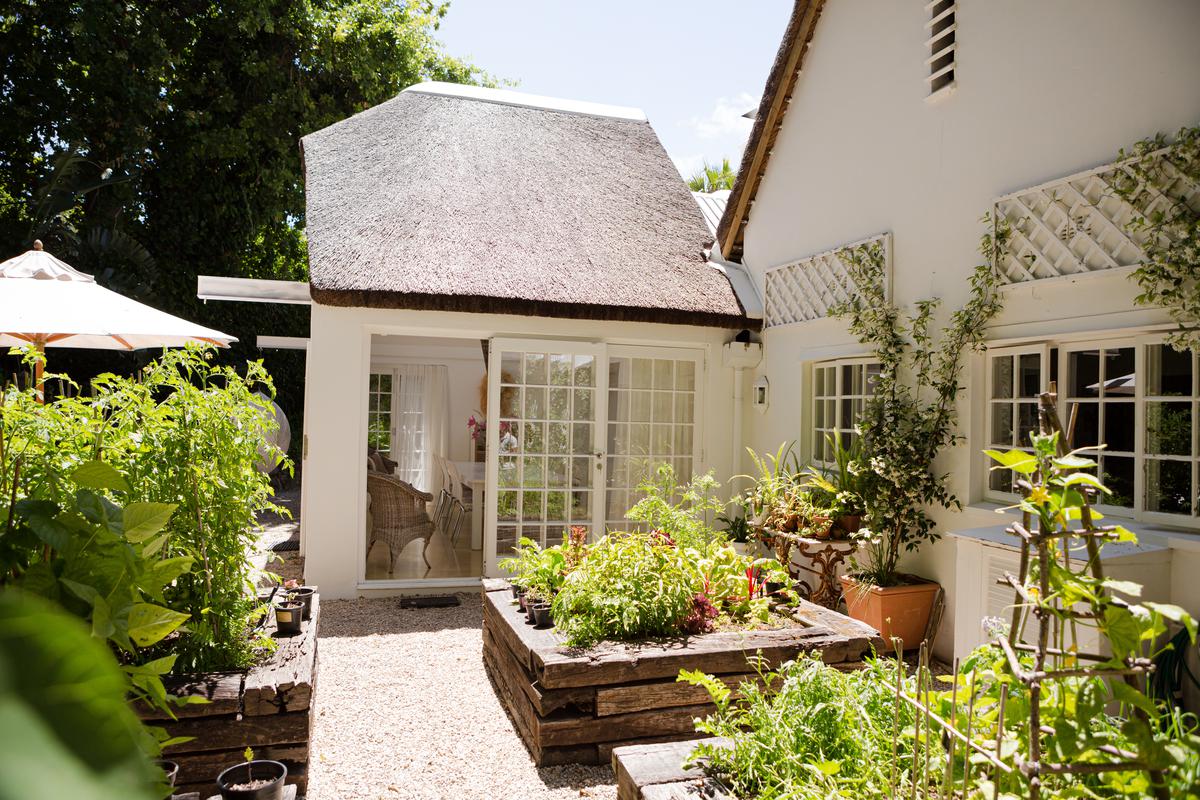
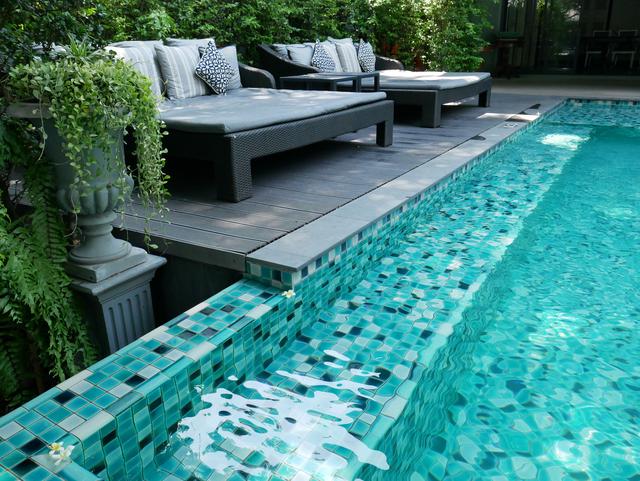
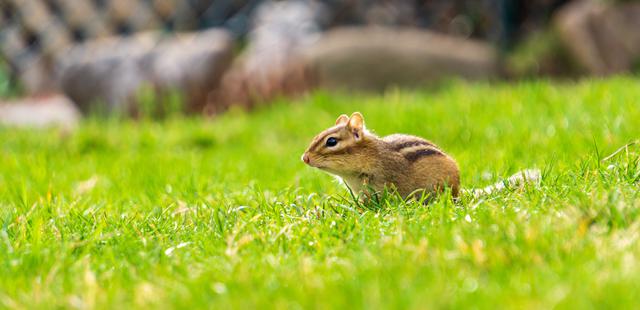
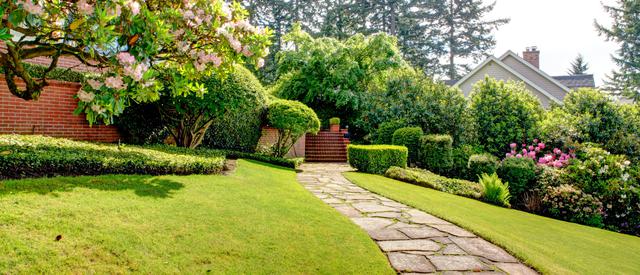
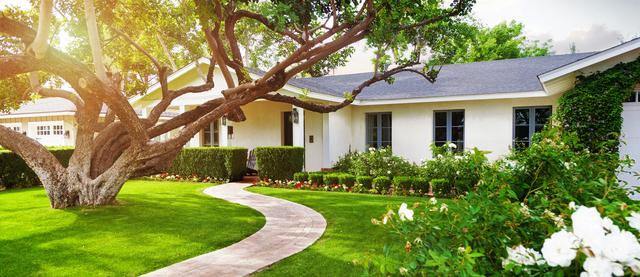
comments